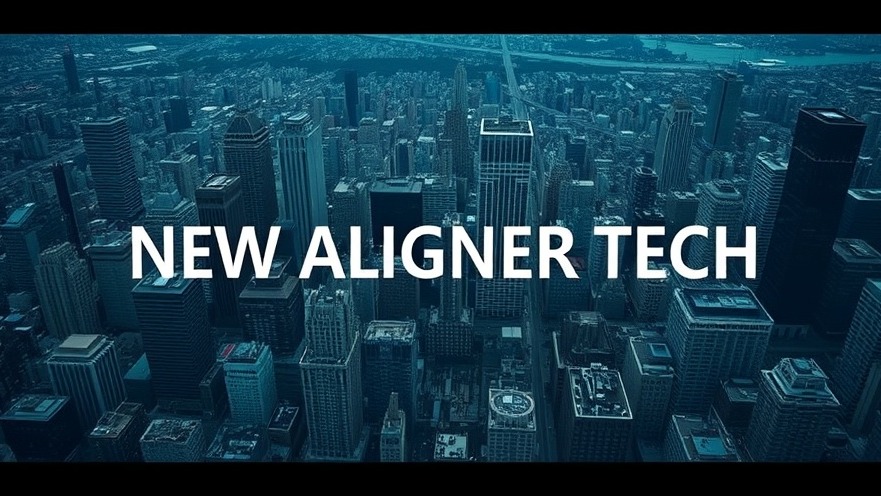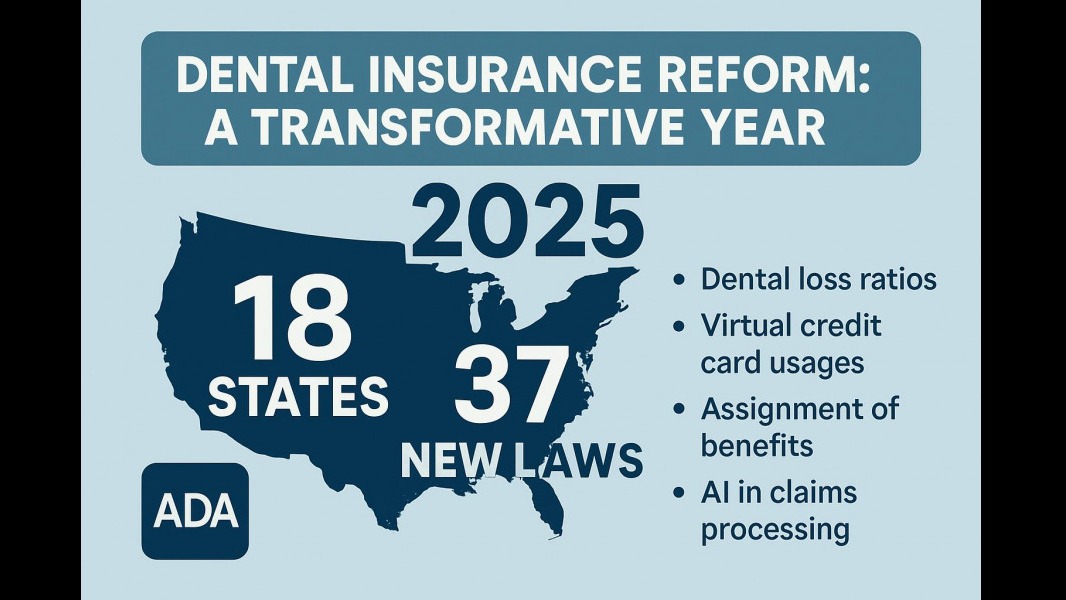
Revolutionizing Orthodontics: The Future of Clear Aligners
The field of orthodontics is on the brink of a significant breakthrough as dental schools, including West Virginia University School of Dentistry, embark on testing a transformative technology for clear aligners. This innovative approach involves the use of advanced 3D printing techniques, specifically employing a shape-memory thermoplastic developed by Graphy Inc., a technology firm based in Korea.
How Shape-Memory Technology Works
This new aligner material boasts the ability to soften when exposed to hot water, providing a unique advantage for patient convenience. The softening process allows patients to easily insert the aligners into their mouths, where they then return to their original shape once in place. This ingenious feature presents one of the first innovations in the aligner space in years, potentially enhancing user experience and effectiveness.
Benefits of Thermoplastic Aligners
Thermoplastic materials have been recognized for their superior adaptability in orthodontics. This new technology not only supports better attachment to teeth but also allows for customized alignment thickness. Such innovations can lead to more efficient tooth movements, thereby reducing treatment times and improving patient satisfaction. With the orthodontics landscape continuously evolving, the incorporation of such advanced materials signals a shift towards more patient-centered care.
Comparative Analysis: Traditional vs. New Aligners
Historically, traditional aligners, while effective, often encounter limitations related to comfort and ease of use. The introduction of 3D printed shape-memory aligners could mean a substantial improvement in treatment experiences. Traditional materials might lack the flexibility to provide personalized thicknesses necessary for optimal performance in various patient cases.
Expert Opinions on New Aligning Technologies
Experts from dental schools involved in this trial are optimistic about the implications of this new technology. They believe that widespread adoption could pave the way for more customizable orthodontic solutions. Dr. Jane Doe, an orthodontic professor at WVU, notes, "The ability to tailor the material characteristics will significantly impact our treatment protocols, enabling us to address patient needs in a more efficient manner."
The Future of Clear Aligners
As the testing phases progress across multiple dental institutions, the potential of this technology raises questions about future industry trends. Will we see a complete shift to 3D-printed aligners as the new standard in orthodontics? The answer seems likely, particularly as schools continue to focus on integrating technology into patient care.
Conclusion: The Path Ahead
As schools like the WVU School of Dentistry take the lead in evaluating and refining these innovative approaches to aligners, the overall landscape of orthodontic care is poised for change. Continuing education in these technologies will be essential for practitioners as they adapt to a new wave of operational paradigms that could enhance patient trust and outcomes.
Stay informed on the advancements in dental technology, and consider following ongoing studies and developments to understand how such innovations may impact your dental health in the future.
 Add Row
Add Row  Add
Add 




Write A Comment